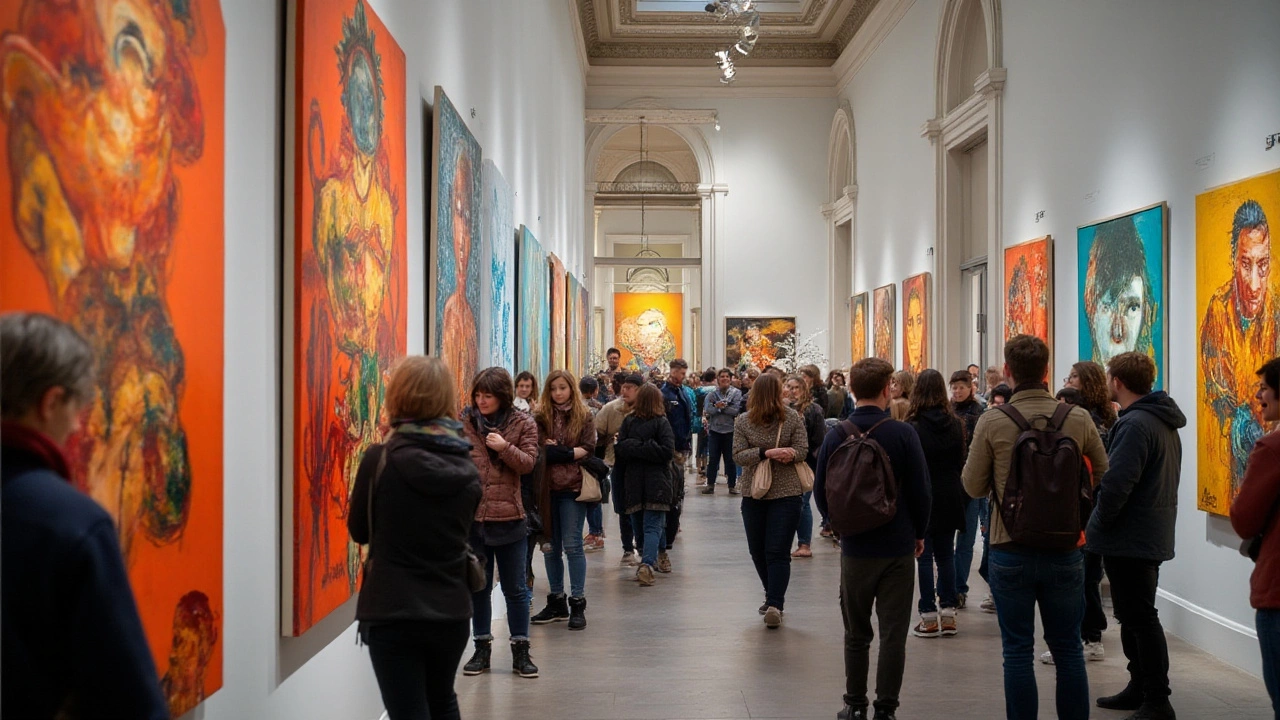Artistic Movements – What They Are and Why They Matter
Ever wonder why a painting looks totally different from the one next to it? That’s usually because the artist belongs to a different movement. A movement is a group of artists who share ideas, techniques, or goals. Knowing the basics helps you spot what’s going on in a gallery or online feed.
Movements don’t just pop up overnight. They grow out of social changes, new tools, or a reaction to what came before. When you understand the story behind a style, the art feels less mysterious and more relatable. Below, we break down how movements form, what some big ones look like, and how to recognize them in today’s work.
From Classic to Modern: How Movements Evolve
Early movements like the Renaissance focused on realism and human anatomy. Artists such as Leonardo and Michelangelo tried to copy nature as closely as possible. A few centuries later, Romanticism turned the lens toward emotion, drama, and nature’s wild side.
Fast forward to the late 19th century and you get Impressionism. These painters cared more about light, color, and the feeling of a moment than perfect lines. That shift opened the door for dozens of modern movements—Cubism broke objects into shapes, while Surrealism dug into the subconscious.
Mid‑20th‑century art saw Abstract Expressionism, where the canvas became a place for raw energy and personal expression. Pop Art, on the other hand, lifted everyday objects (think soup cans) into high‑brow conversation. Each wave built on the last, either by extending ideas or by reacting against them.
Today’s movements blend physical and digital. Digital art, AI‑generated pieces, and NFT collections are reshaping what we call "art". Even though the tools are new, the core idea stays the same: artists band together to push a shared vision.
Spotting a Movement Today
When you walk into a gallery, look for recurring themes. Are most paintings using bright blocks of color? That could hint at a post‑modern approach. Do you see lots of glitchy, pixel‑style images? That’s a sign of digital or new media art.
Notice the technique too. Thick, visible brushstrokes often point to Expressionism, while smooth, flat areas of color might signal Minimalism. If a piece mixes real objects with paint, you’re probably looking at Assemblage or a contemporary collage.
Don’t overlook the artist’s statements. Many creators write short blurbs about why they made the work. Those notes usually mention the movement they feel part of, giving you a quick clue.
Finally, use the internet. A quick image search of a piece’s title can pull up articles that label the style. Knowing a few key terms—like "Futurism", "Street Art", or "Generative Art"—makes the hunt faster.
Understanding artistic movements isn’t just for art students. It helps you appreciate the story behind each work, choose pieces that match your taste, and even talk confidently at a museum. So next time you see a painting, ask yourself: which movement is this, and what does it want to say?

30 Jan 2025
Modern art is a realm of diverse art styles, each offering a distinct perspective and technique. This article delves into four captivating modern art styles, explaining their origins, characteristics, and their influence on the art world. Readers will discover how these art movements reflect cultural shifts and embrace innovation. From the abstract expressions to the vibrant surrealism, the art landscape of the modern era is adorned with intriguing stories and creative legacies. Explore the emotional depth and creative shockwaves that these styles bring into the world of art.
Continue reading...
